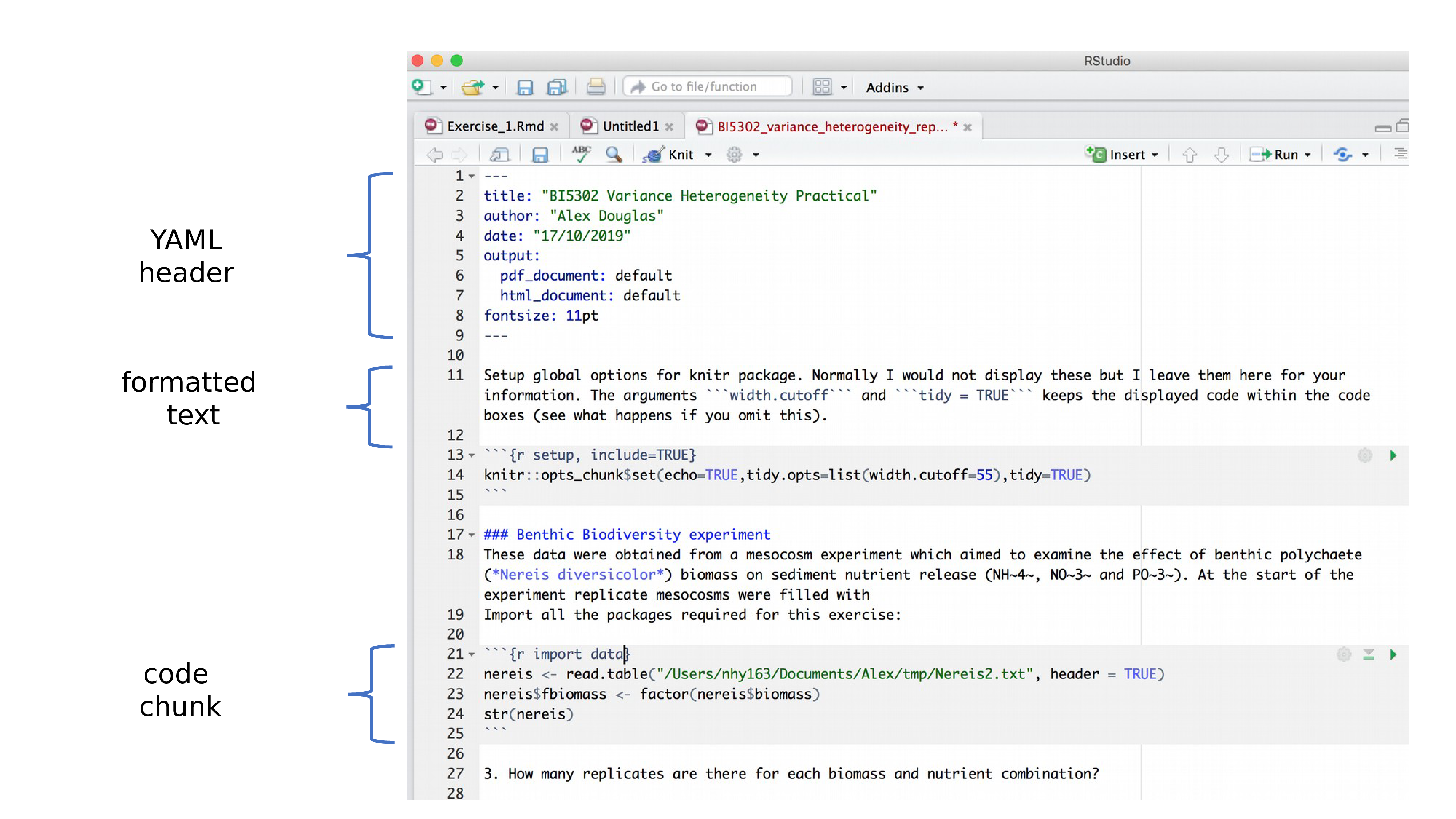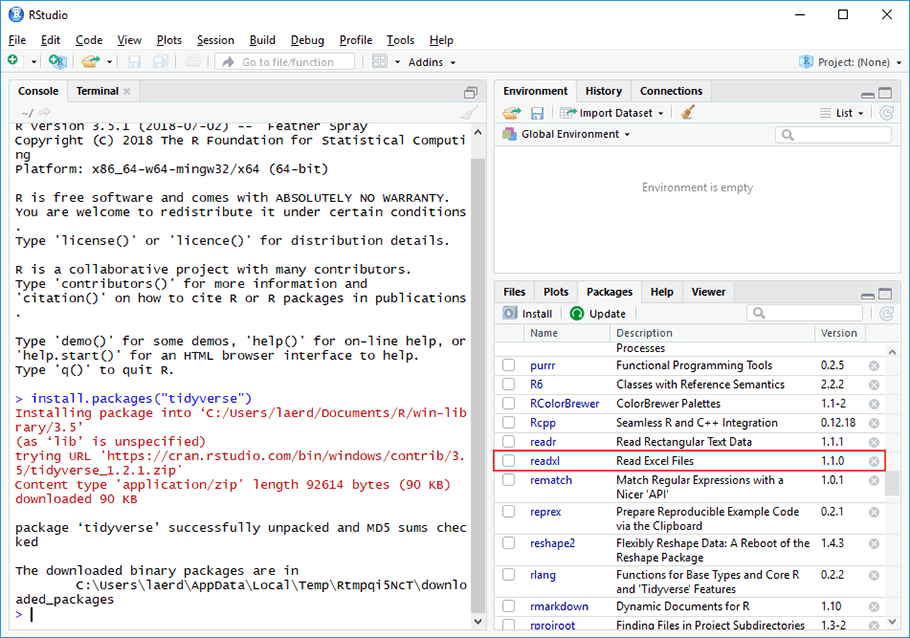


Linear_model <- lm (dist ~speed, data = df ) # Predicts the values with confidence interval

The confidence interval in the predict function will help us to gauge the uncertainty in the predictions. Now, we have to check the “ confidence” level in our predicted values to see how accurate our prediction is. Well, we have successfully predicted the future distance values based on the previous data and with the help of the linear model. Linear_model <- lm (dist ~speed, data = df ) # Predicts the future values predict (linear_model, newdata = variable_speed ) Now that we have a model, we can apply predict(). The linear model has returned the speed of the cars as per our input data behavior. My_linear_model <- lm (dist ~speed, data = df ) # Prints the model resultsĮxecuting this code will calculate the linear model results: Call: Next, we will use predict() to determine future values using this data.įirst, we need to compute a linear model for this data frame: # Creates a linear model This will assign a data frame a collection of speed and distance ( dist) values: speed dist For the purpose of this example, we can import the built-in dataset in R - “Cars”. newdata: Input data to predict the values.object: The class inheriting from the linear model.

The predict() function in R is used to predict the values based on the input data. To complete this tutorial, you will need: In this article, you will explore how to use the predict() function in R. All the modeling aspects in the R program will make use of the predict() function in their own way, but note that the functionality of the predict() function remains the same irrespective of the case.


 0 kommentar(er)
0 kommentar(er)
